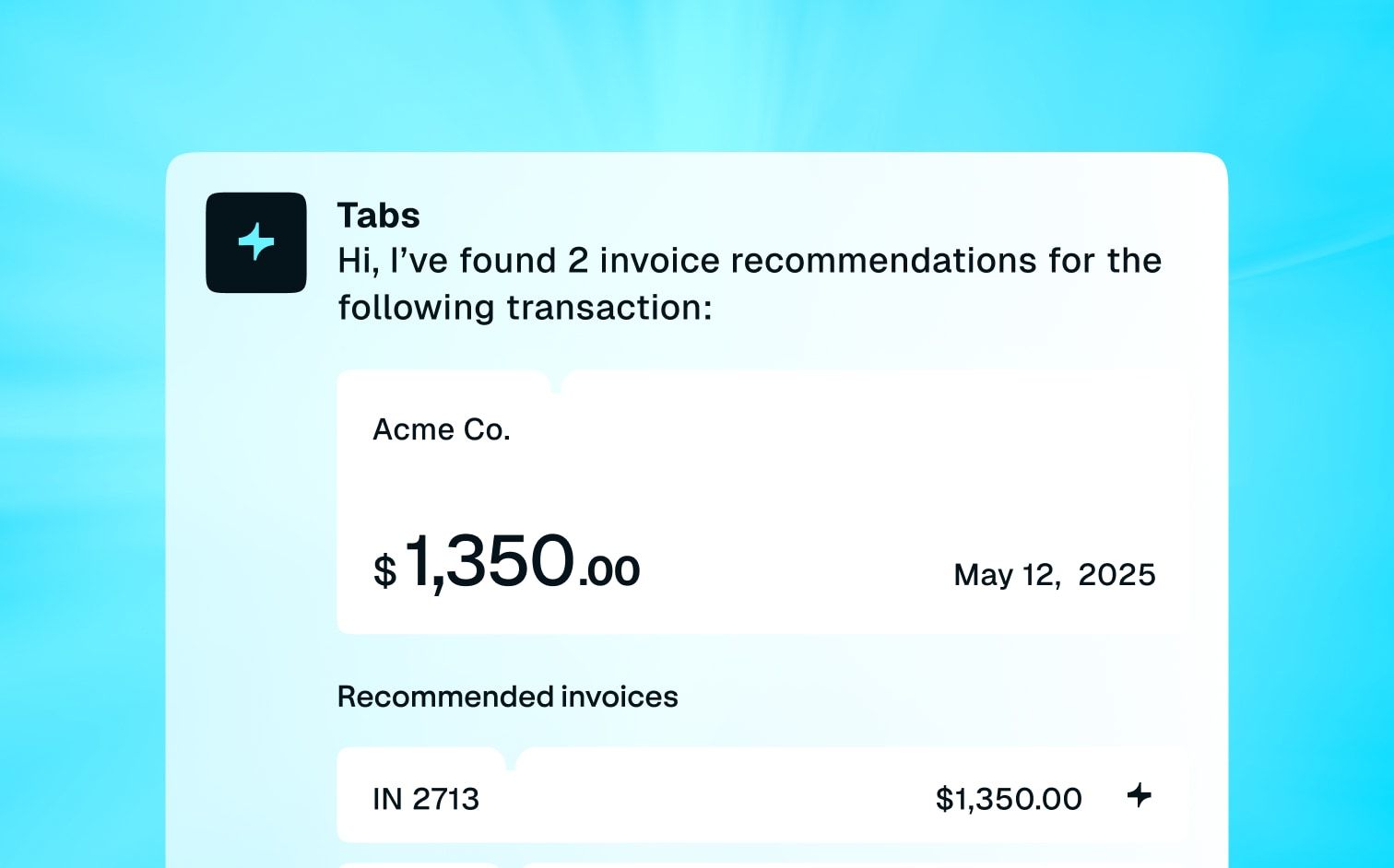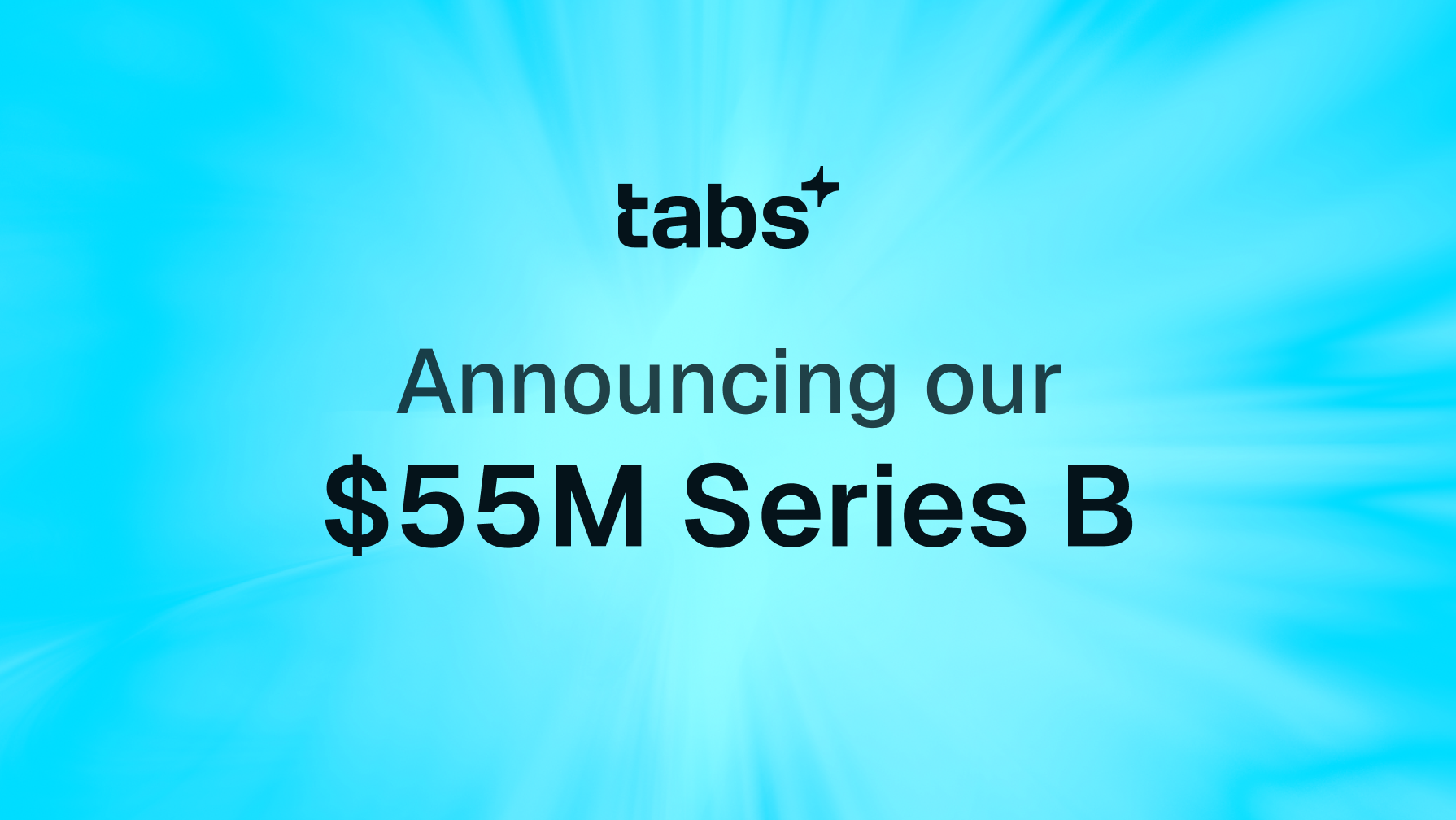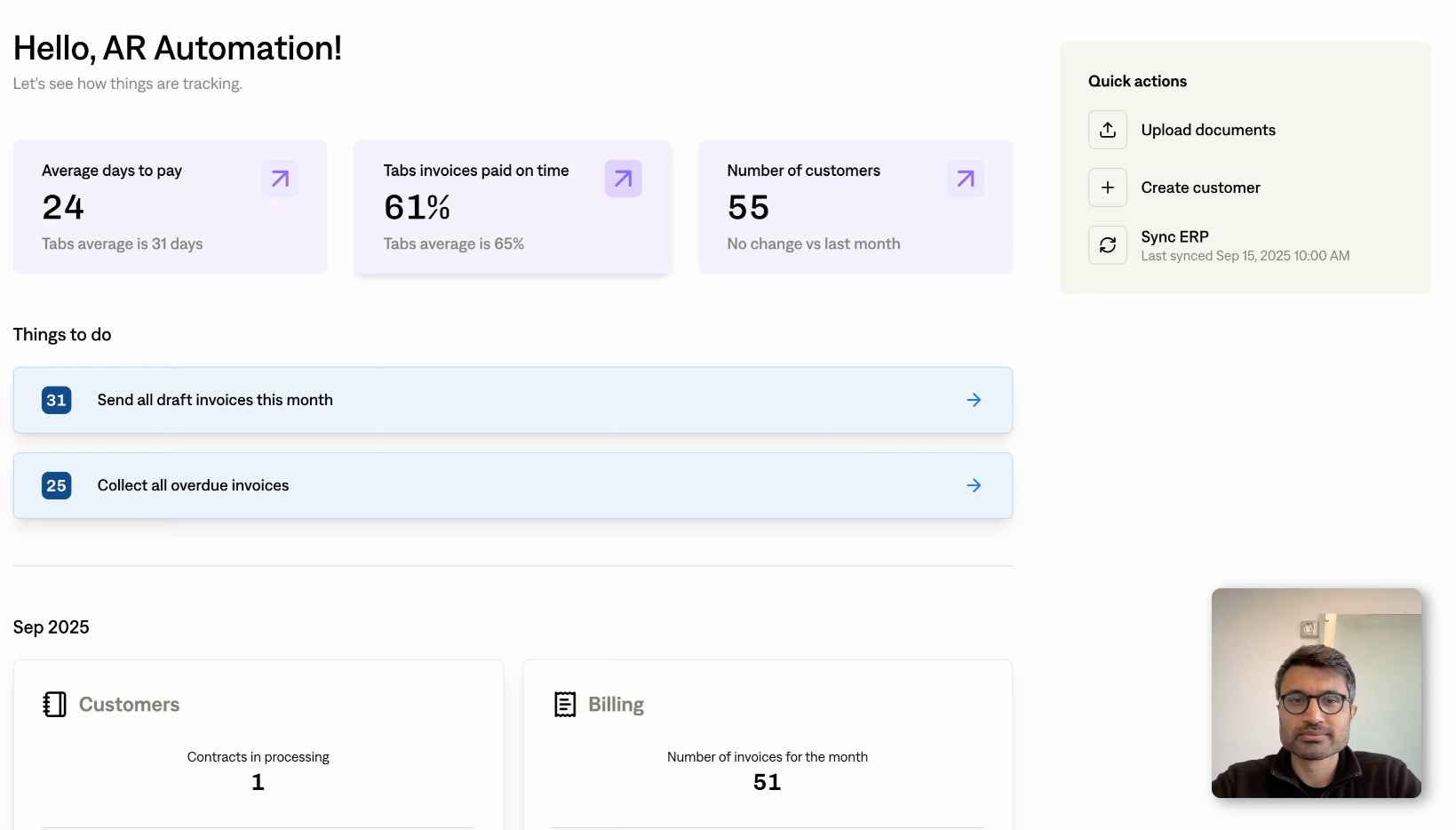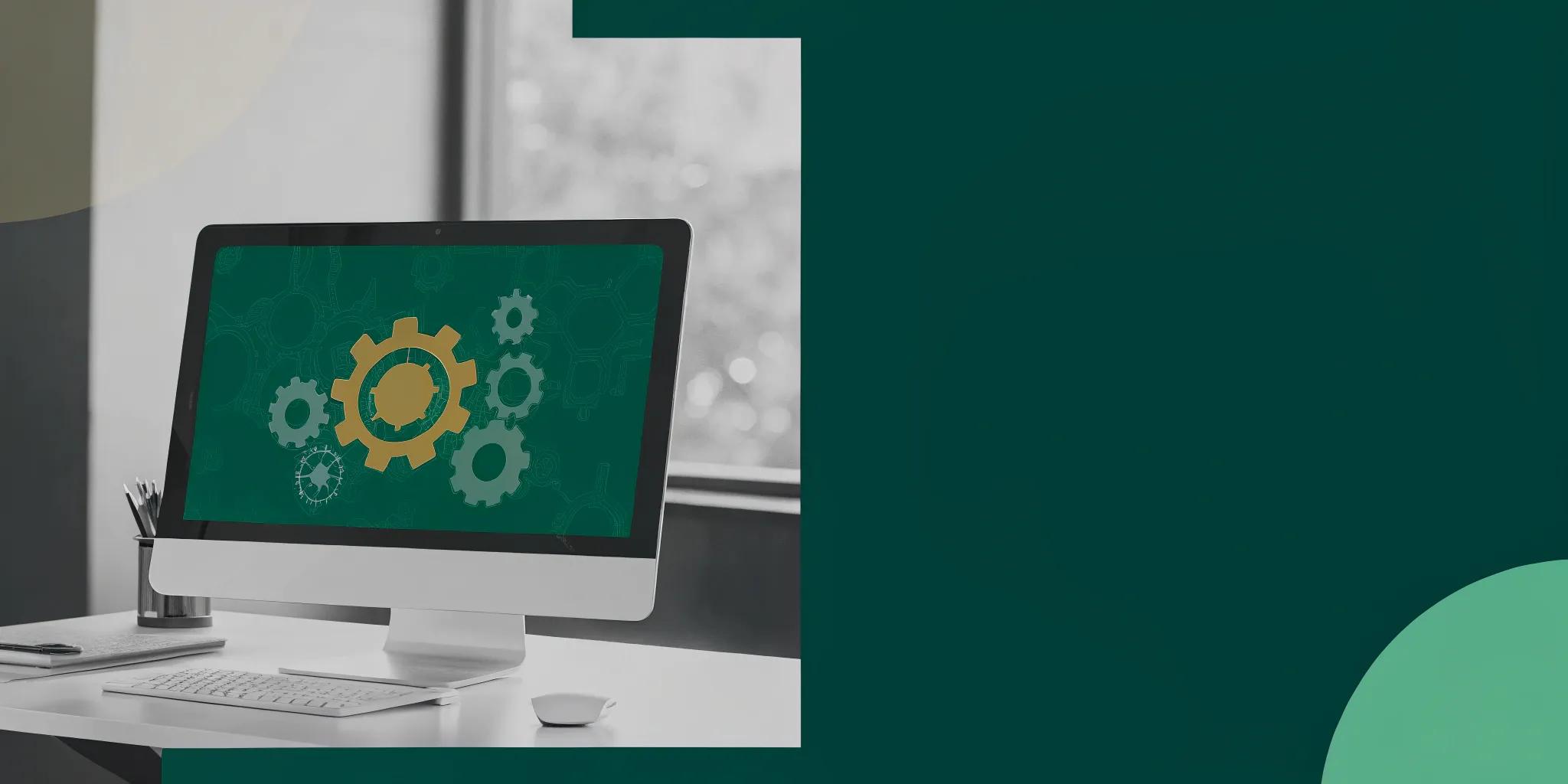Pricing your SaaS product can feel like walking a tightrope. You need to balance profitability with customer affordability, all while navigating the complexities of different pricing models. Pay-as-you-go (PAYG) pricing offers an intriguing alternative to traditional subscriptions, allowing customers to pay only for the resources they consume. This model can be a game-changer for businesses with fluctuating needs or those looking to minimize upfront costs.
But is PAYG right for everyone? This article provides a comprehensive overview of PAYG pricing, exploring its benefits, drawbacks, and real-world applications. We'll compare PAYG with subscription models, discuss key features of effective PAYG systems, and offer practical steps for implementation and management.
Key Takeaways
- PAYG provides cost control and scalability but demands clear communication: While pay-as-you-go pricing allows businesses to scale efficiently and manage expenses, success hinges on transparent pricing, accurate usage tracking, and open dialogue with customers. Consider if this flexibility outweighs potential billing unpredictability.
- Understanding PAYG nuances is essential: Don't equate PAYG with usage-based pricing. Explore various PAYG models, like tiered pricing or credit-based systems, to find what best suits your business and customers. Careful planning helps avoid common misconceptions and maximize PAYG benefits.
- Effective PAYG implementation relies on robust software: Select software that seamlessly integrates usage data with your financial systems, automates invoicing, and offers comprehensive reporting. This streamlines billing, enhances accuracy, and provides valuable insights into customer usage patterns.
What is Pay-As-You-Go Pricing?
Pay-as-you-go pricing is a flexible model where customers pay only for the resources they consume. Think of it like your cell phone bill—you're charged based on the minutes you talk, not a flat monthly fee regardless of usage. This consumption-based approach applies to various services, from cloud storage (paying for the gigabytes used) to software access (paying per user login). It's a transparent and often cost-effective way for customers to access services they need without committing to fixed contracts or large upfront payments.
This differs from traditional subscription models, where a recurring fee covers access whether or not the service is fully utilized. For SaaS businesses, this can be a powerful way to attract budget-conscious customers or those with fluctuating needs. Imagine a project management tool priced per active project—clients only pay when projects are live, avoiding charges during downtimes. This direct link between value and cost makes PAYG an attractive option.
How PAYG Differs from Traditional Pricing
Traditional pricing models, particularly in SaaS, often rely on fixed subscriptions. Customers pay a recurring fee, typically monthly or annually, for access to a suite of features. While predictable, this model can lead to wasted spending if a customer doesn't fully utilize the service. PAYG disrupts this by charging solely on consumption.
This distinction offers greater flexibility and cost control, appealing to businesses wary of fixed commitments. This granular approach empowers businesses to scale their usage up or down as needed, aligning costs directly with their operational demands.
How Does Pay-As-You-Go Work?
Pay-as-you-go pricing is straightforward: you pay for what you use. This model offers flexibility and cost-effectiveness, especially for businesses with fluctuating needs. Let's break down the key components:
Billing Based on Usage
With PAYG, your bill directly reflects your consumption. Consider your utility bill—you pay for the amount of electricity or water you consume each month. Similarly, a SaaS business might charge based on the number of API calls, the amount of data stored, or the hours of service used. This usage-based billing ensures you only pay for the value you receive.
No more flat fees for services you don't fully utilize. This approach can be particularly beneficial for businesses just starting out or those experiencing unpredictable growth.
Metering and Tracking Consumption
Accurate billing requires precise measurement. PAYG systems track your usage in real time, providing detailed insights into your consumption patterns. This data-driven approach allows you to understand your spending and optimize your usage. For example, if you're being charged per API call, you can identify peak usage times and adjust your processes accordingly.
This level of transparency empowers you to control your costs effectively.
Flexible Payment Options
PAYG offers various payment options to suit your business needs. You might pay in arrears, receiving a bill at the end of the billing cycle based on your usage. Alternatively, some providers offer pre-paid options, where you purchase credits upfront and use them as needed.
This flexible model allows you to choose the payment method that aligns best with your cash flow and budgeting processes. This adaptability can be a significant advantage for businesses with varying revenue cycles.
Benefits of Pay-As-You-Go Plans
PAYG pricing models offer several advantages for both businesses and customers. Let's explore some key benefits:
Control Costs and Budget
The beauty of PAYG lies in its cost control. Customers pay only for what they consume, making it easier to manage budgets and avoid unexpected expenses. This flexibility is particularly appealing to startups or businesses with fluctuating needs, as they can scale their usage up or down based on demand.
This aligns perfectly with the core concept of PAYG, where affordability and scalability go hand in hand. This approach eliminates the commitment of fixed monthly or annual fees.
Scale Your Growing Business
PAYG models offer inherent scalability. As your business grows, your usage can increase seamlessly without requiring changes to your pricing plan. This eliminates the friction of upgrading or downgrading subscriptions, allowing you to adapt quickly to evolving business needs. This scalability relies on effective data integration, combining usage data from your platform with commercial data from your CRM or CPQ.
This comprehensive data view provides valuable insights into customer behavior and revenue trends.
Reduce Financial Risk
For businesses testing new products or entering new markets, PAYG minimizes financial risk. There's no large upfront investment or long-term commitment required. This allows companies to experiment and innovate without significant financial exposure.
This low barrier to entry empowers businesses to explore new opportunities and validate ideas before committing substantial resources. This approach has proven successful for both startups and established companies, enabling rapid growth and development.
Improve Cash Flow
PAYG models contribute to healthier cash flow. Revenue is generated with each transaction, providing a consistent income stream rather than relying on periodic subscription payments. This immediate revenue recognition simplifies financial forecasting and allows businesses to reinvest funds more quickly.
This direct correlation between usage and revenue provides greater financial clarity and control. By aligning revenue with consumption, businesses can optimize their pricing strategies and improve overall financial performance.
Industries Using PAYG Models
Pay-as-you-go pricing models are popping up in more and more industries. The flexibility and scalability of PAYG make it attractive for both businesses and consumers.
Cloud Computing and SaaS
It’s no surprise that the software as a service (SaaS) industry has widely adopted the PAYG model. Cloud computing services, from data storage to software platforms, often use PAYG to bill customers based on actual usage. This allows businesses to scale their usage up or down as needed, only paying for the resources they consume.
This model offers a cost-effective way for companies to access powerful software and infrastructure without large upfront investments or fixed contracts. This approach is especially beneficial for startups and small businesses looking to manage their IT costs.
Telecommunications
The telecommunications sector has long used PAYG, particularly for mobile services. Think prepaid phone plans where you purchase minutes or data as needed. This model offers transparency and control over spending, allowing users to manage their telecommunications costs effectively.
It's also a convenient option for those who don't want to commit to long-term contracts. Many providers offer flexible top-up options, making it easy for users to adjust their spending based on their needs.
Utilities and Energy
Utilities and energy providers are increasingly adopting PAYG models to offer customers more control over their consumption and spending. Prepaid electricity meters, for example, allow consumers to pay for electricity as they use it, helping them budget and avoid unexpected bills. This approach can also incentivize energy conservation, as users are more aware of their real-time consumption. This shift towards PAYG in utilities reflects a broader trend towards consumer empowerment and flexible payment options.
On-Demand Services
The rise of on-demand services has gone hand-in-hand with the growth of PAYG pricing. From ride-sharing apps to streaming services, consumers are accustomed to paying only for what they use. This model offers flexibility and affordability, allowing users to access a wide range of services without long-term commitments or subscription fees. It's a win-win for both consumers and businesses, fostering accessibility and scalability.
Key Features of Effective PAYG Systems
Effective Pay-As-You-Go (PAYG) systems hinge on a few key features that empower both businesses and their customers. Let's explore what makes a PAYG system truly shine.
Track Usage in Real Time
Real-time usage tracking is the cornerstone of any successful PAYG system. Think of it as the engine that drives accurate billing and insightful decision-making. This involves capturing two main data streams: granular usage data from your platform (think API calls, features used, data consumed) and commercial data like accounts, products, specific pricing, subscription plans, and even deals closed within your CRM or CPQ.
This combination paints a comprehensive picture of customer behavior and value delivered, enabling you to charge precisely for what's consumed.
Transparent Pricing
Transparency in pricing builds trust and fosters long-term customer relationships. With PAYG, customers appreciate seeing a clear connection between their usage and the costs incurred. This eliminates the mystery often associated with flat-rate subscriptions, allowing customers to understand exactly what they're paying for and how to control their spending. This clarity empowers them to make informed decisions, leading to greater satisfaction and fewer billing disputes.
Clearly defined pricing tiers and usage-based metrics are essential for this transparency. Tabs' invoicing tools can help automate complex invoicing while maintaining clear pricing structures.
Customizable Plans and Limits
Flexibility is a major advantage of PAYG. Your system should offer customizable plans and usage limits to accommodate the diverse needs of your customer base. This might involve tiered pricing, where different usage levels unlock different features or pricing discounts. Offering options empowers customers to choose the plan that best aligns with their budget and anticipated usage.
This tailored approach enhances customer satisfaction and allows you to cater to a wider market. Tabs can help you extract key contract terms with AI, enabling greater flexibility in how you structure agreements and pricing.
Integrate with Financial Management Tools
Seamless integration with your existing financial management tools is crucial for operational efficiency. Your PAYG system should connect effortlessly with your billing platform, accounting software, and other financial systems. This integration automates key processes, reduces manual data entry, and ensures accurate revenue recognition. It also provides a unified view of your financial data, simplifying reporting and analysis.
Tabs simplifies revenue recognition and streamlines financial processes for subscription businesses, saving time, minimizing errors, and providing valuable insights into your financial performance.
Potential Drawbacks of Pay-As-You-Go
While pay-as-you-go pricing offers flexibility, it also presents challenges. Understanding these drawbacks is crucial for SaaS businesses considering this model.
Usage Monitoring Challenges
Accurately tracking and measuring usage is fundamental to PAYG pricing. This can become complex, especially with intricate product features or fluctuating usage patterns. Implementing robust metering systems is essential, and any glitches or inaccuracies can lead to billing disputes and customer dissatisfaction. Plus, PAYG is often confused with usage-based pricing, adding another layer of complexity.
Usage-based pricing simply means you charge based on consumption—it doesn’t dictate how you bill. You could bill customers upfront for expected usage, or bill in arrears for actual usage, like with PAYG. Thorough testing and clear documentation of your usage tracking methodology can help prevent issues down the line.
Unexpected Costs with Heavy Usage
For customers, the unpredictable nature of PAYG billing can be a double-edged sword. While light usage can lead to cost savings, unexpectedly high usage can result in surprisingly large bills. This can strain customer relationships, especially if they haven't budgeted appropriately. Unlike the predictable, recurring revenue of a subscription model, PAYG revenue can fluctuate, making financial forecasting more challenging for your business.
Clear communication about potential costs and usage thresholds is vital to mitigate this risk. Consider offering tools or dashboards that allow customers to monitor their usage and anticipate costs.
Limited Access to Premium Features
Some SaaS companies restrict access to premium features under PAYG models. This can incentivize users to upgrade to higher-tier plans or subscription models for full functionality. However, it can also create a perception of limited value, especially for users who require those premium features but aren't ready to commit to a larger investment.
Consider how limiting access might impact customer adoption and overall satisfaction. Offering trials or freemium access to premium features could be a way to balance revenue generation with customer expectations.
Pay-As-You-Go vs. Subscriptions
The on-demand PAYG model can be particularly helpful for businesses experimenting with new ideas or experiencing rapid growth. It minimizes upfront costs and avoids long-term commitments, offering flexibility as you scale. Customers appreciate the transparency and control over their spending, only paying for what they need. This can be especially attractive to smaller businesses or those with fluctuating usage patterns.
If your product has a steep learning curve, PAYG can lower the barrier to entry, encouraging trial and adoption. Consider PAYG if your customer base values flexibility and cost control over predictable monthly expenses. This approach can be a good fit if usage is variable and difficult to predict.
A usage-based pricing model like PAYG fosters affordability and scalability, aligning costs directly with consumption. This model works well when your SaaS offers a wide range of features or services with varying levels of value. PAYG allows customers to tailor their spending to their specific needs. This granular approach can also provide valuable insights into product usage, helping you identify popular features and areas for improvement.
If you're looking to reduce customer churn due to fixed subscription costs that don't align with value, PAYG can be a compelling alternative. This is particularly true for products where usage naturally fluctuates, such as project-based tools or seasonal services.
Hybrid Models
Combining PAYG with subscriptions creates a hybrid model that offers the best of both worlds. One common approach is a credit-based system, where customers prepay for a set amount of usage. This provides the predictability of subscriptions with the flexibility of PAYG. Customers purchase credits upfront, then these credits are consumed as they use your service.
This approach can simplify budgeting for customers while still allowing them to scale their usage as needed. It also provides a more consistent revenue stream for your business compared to pure PAYG. Tabs offers the flexibility to support various payment types and manage complex billing scenarios like these, allowing you to blend subscription revenue with usage-based charges.
Another hybrid approach is to offer a base subscription that includes a certain level of usage, with additional charges for exceeding that limit. This model provides a predictable baseline revenue while allowing for upselling based on higher usage. It's a good option if you want to offer a core set of features at a fixed price, while still allowing power users to access more advanced capabilities on a PAYG basis. This tiered approach can cater to a wider range of customer needs and budgets.
It's important to clearly communicate the included usage in the base subscription and the overage charges to avoid any surprises for your customers. Usage-based subscriptions are particularly common in sales-led B2B SaaS, offering a balance between predictable revenue and flexible consumption. This model allows you to capture the benefits of recurring revenue while still aligning costs with value for your customers. Tabs can help automate complex invoicing for these hybrid models, extracting key contract terms with AI to ensure accurate billing.
Implement PAYG in Your Business
Moving to a PAYG model involves careful planning and execution. These steps can help you get started:
Assess Suitability for Your Products or Services
Before diving into PAYG, evaluate if it aligns with your offerings. The PAYG pricing model shines when customers can directly correlate their spending with their usage. Think about products or services consumed in measurable units, like API calls, compute time, or support tickets. This on-demand model lets companies experiment and scale without significant upfront costs or long-term commitments.
If your product has a natural usage metric, PAYG might be a good fit. If not, consider whether you can create one. Sometimes, a shift in how you package and deliver your services is all it takes.
Choose the Right PAYG Software
Implementing PAYG requires robust software to handle the complexities of usage-based billing. Your chosen platform should seamlessly integrate usage data from your product with commercial data like accounts, products, and pricing from your CRM or CPQ. Look for a solution that offers automated invoicing and flexible billing cycles, plus detailed reporting.
The right software will automate complex calculations, ensuring accurate billing and revenue recognition. It also gives you the flexibility to experiment with different pricing tiers and usage limits. This is crucial for finding the sweet spot that attracts customers while maximizing your revenue. Tabs not only supports all these capabilities, but can also help you extract key contract terms with AI.
Set Pricing Tiers and Usage Limits
Once you have the right software, define your pricing structure. Consider a tiered approach, offering different price points based on usage. This can be as simple as a basic plan with a set usage limit and overage charges, or a more complex system with multiple tiers and volume discounts.
A credit-based PAYG model, where customers prepay for a certain amount of usage, can also be effective. This approach gives customers a sense of control and predictability while still aligning costs with value. Experiment with different pricing models to find what resonates best with your target audience.
Clear and transparent pricing is essential for building trust and minimizing customer confusion. Make sure your pricing is easy to understand and readily available to potential customers. Consider supporting any payment type to make it easy for your customers to pay.
Common Misconceptions About PAYG
Pay-as-you-go pricing has its pros and cons, but some common misconceptions can cloud your judgment. Let’s clear a few things up.
Is PAYG Always Cheaper?
Not necessarily. While PAYG lets users pay only for what they use, it’s less common than per-seat pricing. A study by Chargebee found that 42% of Inc. 5000 SaaS companies use per-seat pricing, suggesting that PAYG isn’t always the cheapest option.
The best pricing model depends on your product, target market, and business goals. Sometimes, PAYG’s flexibility outweighs cost, especially for businesses with fluctuating needs.
Does PAYG Lack Predictability?
One misconception is that pay-as-you-go pricing is synonymous with usage-based pricing. They’re often used together, but they’re not interchangeable. Usage-based pricing doesn’t have to be PAYG, and PAYG can offer different levels of predictability. For example, some services offer tiered PAYG models with more predictable costs within each tier.
The key is to understand your customer usage patterns and design a PAYG model that balances flexibility and predictable costs.
Is PAYG Only for Small Users?
Absolutely not. The pay-as-you-go model works for businesses of all sizes, from startups to Fortune 500 companies. It’s a valuable strategy for developing new ideas and scaling without large upfront costs or long-term contracts. For larger companies, PAYG offers flexibility to adapt to changing market conditions and optimize software spending.
Related Articles
- Subscription Billing Software: A Guide for SaaS Companies
- Top Billing Software Solutions for Streamlined Finances
- Recurring Payments: Key Benefits and Effective Solutions
- What is a Tiered Pricing Model?
- Choosing the Right Paid Method for Your SaaS Business
Frequently Asked Questions
Is pay-as-you-go the same as usage-based pricing?
While often used interchangeably, they're not identical. Usage-based pricing simply means you charge based on consumption. PAYG is a type of usage-based pricing where you bill after consumption.
You could also bill upfront for expected usage, which is still usage-based but not PAYG. PAYG specifically refers to billing in arrears for actual usage.
How do I choose between subscriptions and PAYG?
Consider your product and target audience. Subscriptions offer predictable recurring revenue, while PAYG provides flexibility and cost control for customers. If usage is highly variable or your product has a steep learning curve, PAYG might be a better fit. A hybrid approach, combining elements of both, can also be effective.
What are the key features of a good PAYG system?
Real-time usage tracking, transparent pricing, customizable plans and usage limits, and seamless integration with financial management tools are essential for an effective PAYG system. These features ensure accurate billing, empower customers to manage their spending, and streamline your financial processes.
What are the potential downsides of PAYG?
The challenges of accurately tracking usage, the potential for unexpected costs with heavy usage, and the possible perception of limited value if premium features are restricted are all potential drawbacks of PAYG. Careful planning and clear communication with customers can mitigate these risks.
How do I implement PAYG in my business?
Start by assessing if PAYG aligns with your products or services. Then, choose the right PAYG software that integrates with your existing systems. Finally, define your pricing tiers and usage limits, ensuring clear communication with your customers. Regularly monitor usage and optimize your approach as needed.





